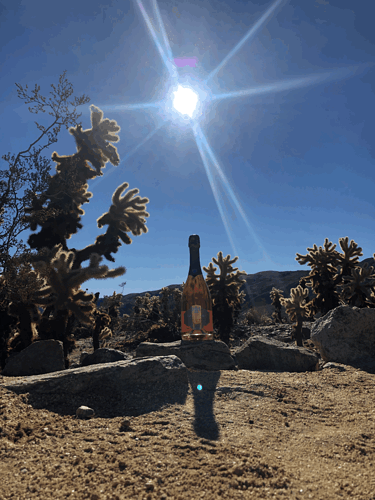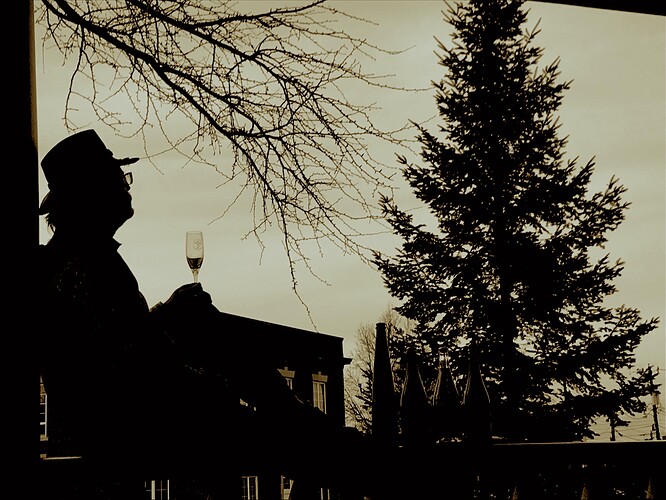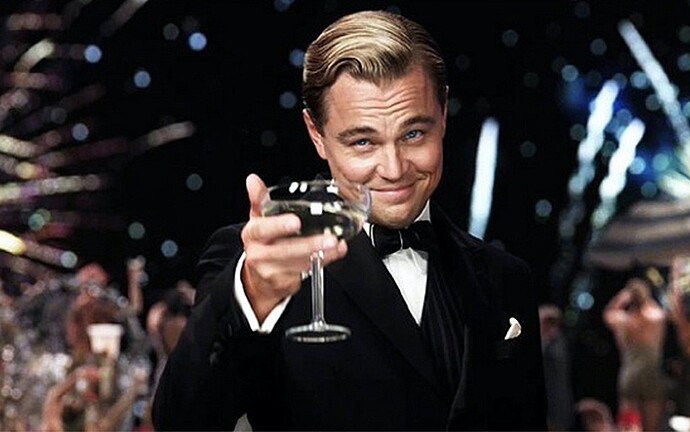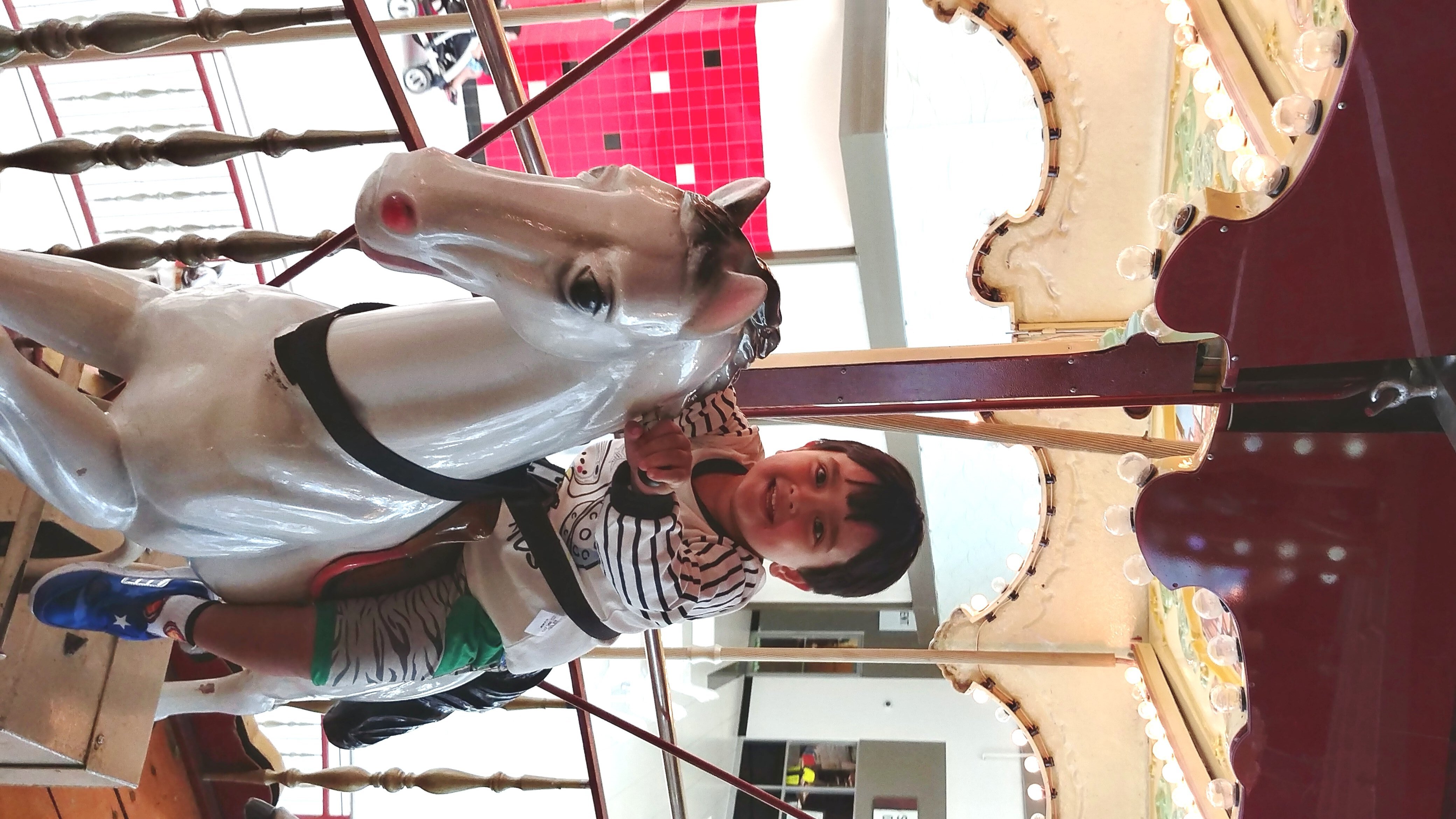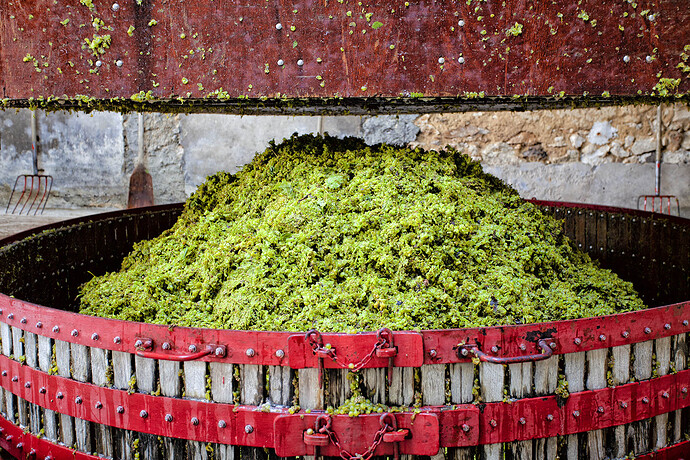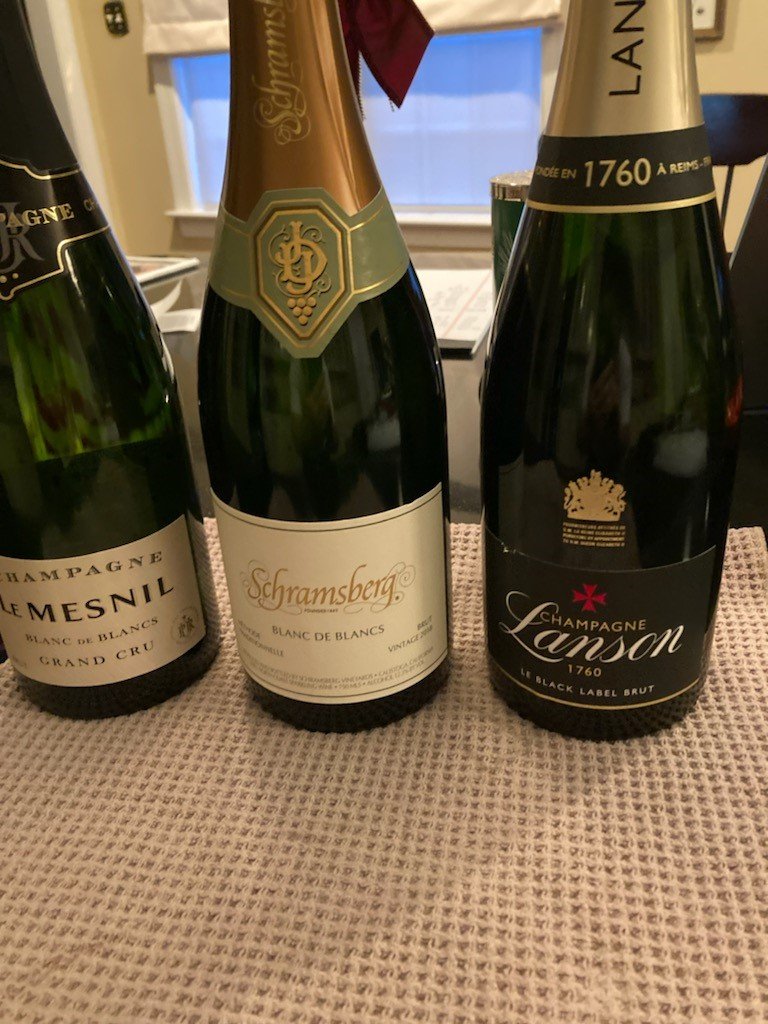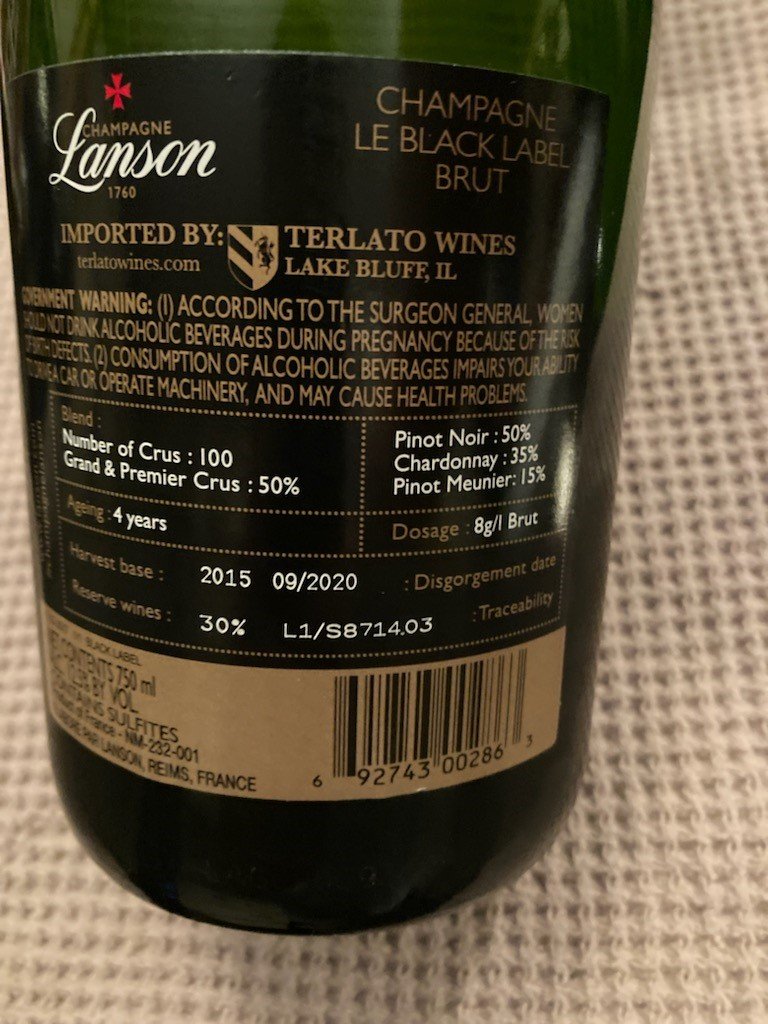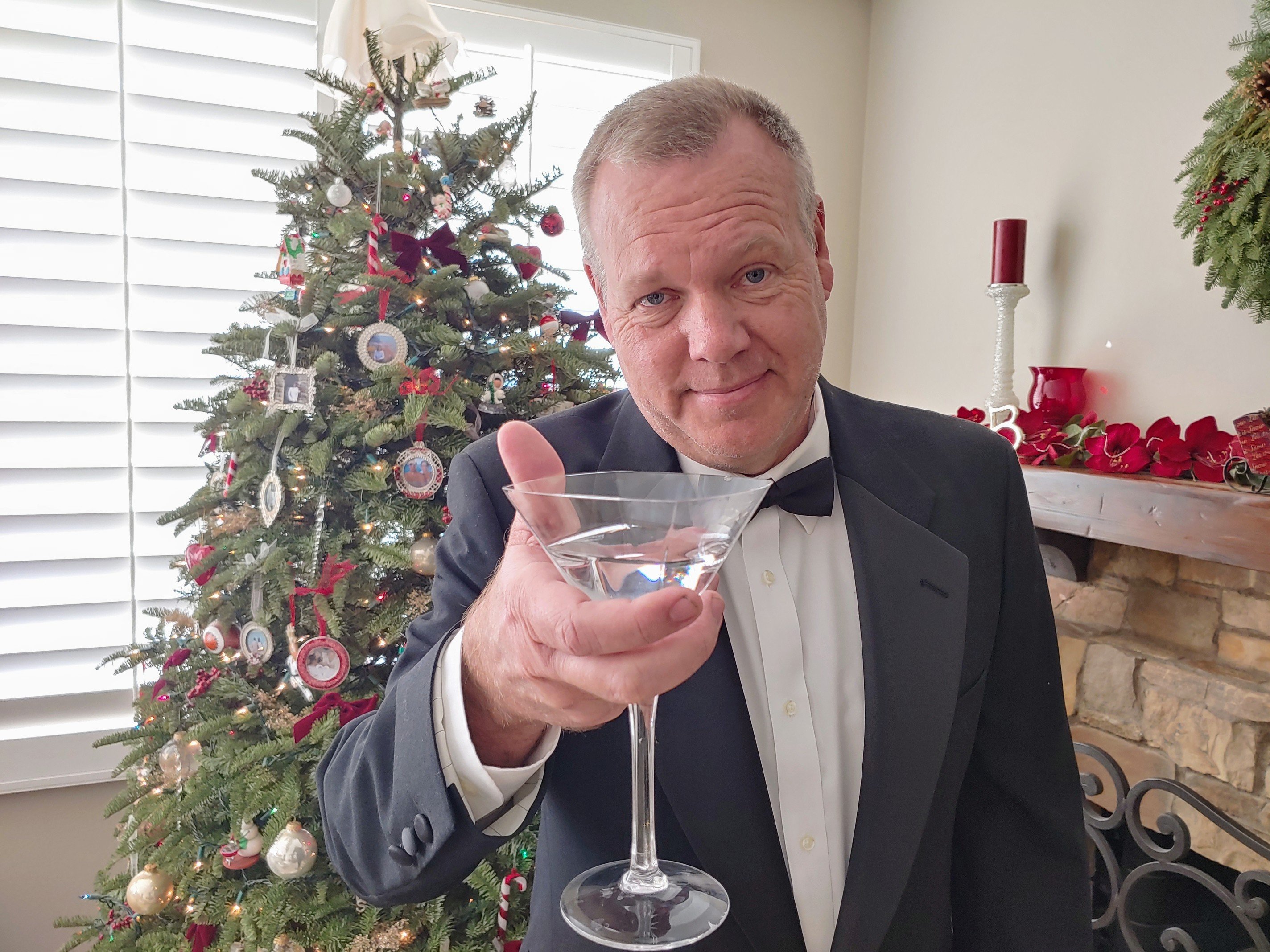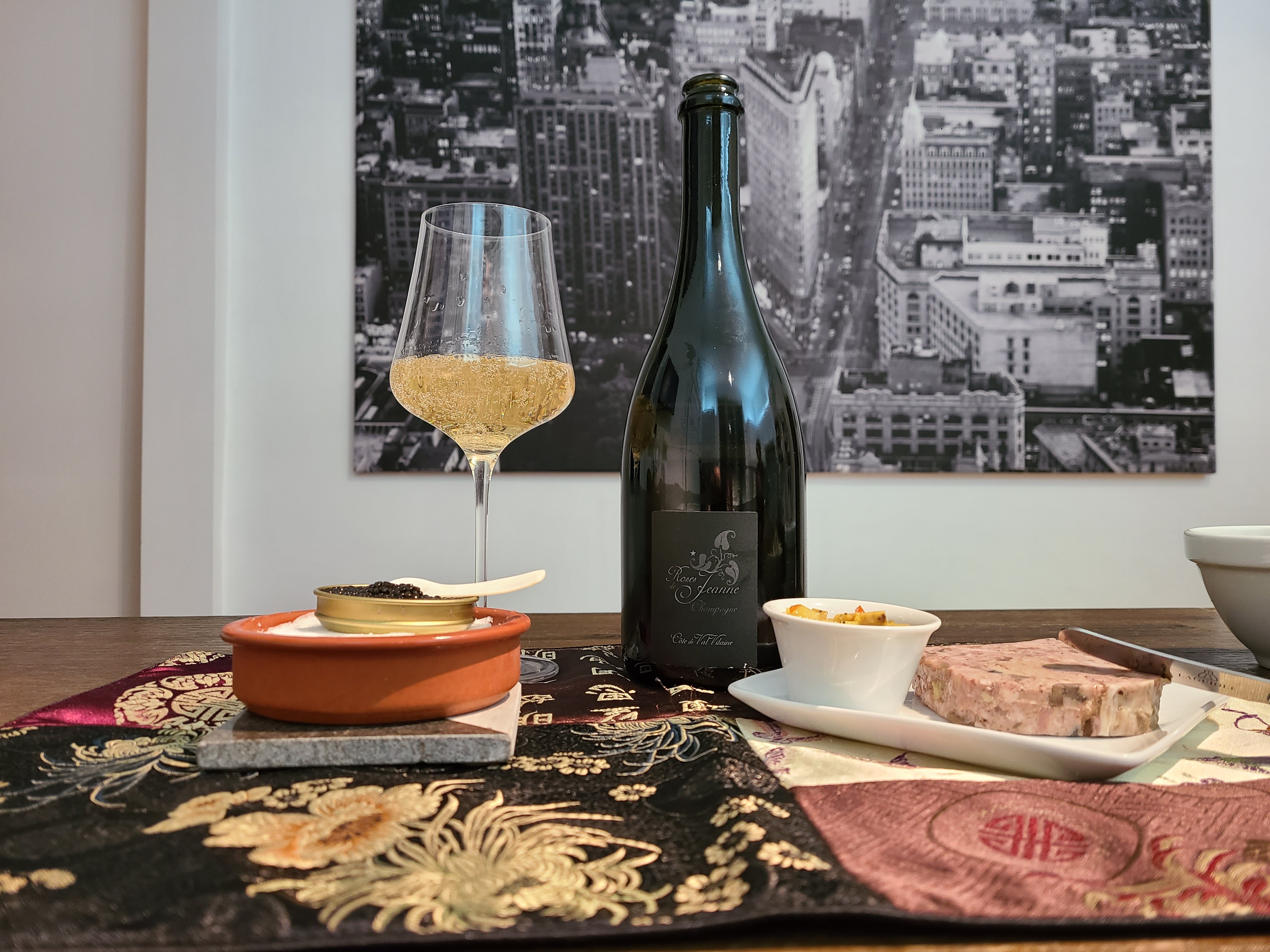Update: Congratulations! We reached - then exceeded - our $3,000 goal!
If you would still like to make a donation, Greg Ossi and I would be grateful. See below for details.
Welcome to the Berserkerest virtual tasting for charity you’ve ever seen! It is so Berserk that you’ll think you’ve traveled through time to January 27th, 2022. In fact, Greg Ossi and I are treating this week as if it was Berserkerday, complete with icons, photos, and hype. We have three great charities, three great offers, and we hope to raise up to $3,000!
This week’s theme is… SPARKLERS!


I can’t speak for Greg, but I know very little about sparkling wine. I am depending on you to educate me throughout the week.
The Charities
First up is the Rome Humanitarian Aid Ministry. Berserkers often wish for more deals on “imports” and this one should do the trick. My friends Brian and Jenni have worked in Rome for several years, helping refugees who have gone through more than we can possibly imagine. My family visited Rome in December 2019 and I can tell you the need is great.
Next is the Sugar Creek Players, a theater troupe in my little town of Crawfordsville, Indiana. It can be hard being a “theater kid” in a small midwestern town, but the Sugar Creek Players have created a welcoming environment where young (and old) can trod the boards. My daughter has performed in several of their productions, and I’ve enjoyed seeing her confidence grow and her friendship circles develop.
Finally, we have Wilderness, Leadership and Learning (WILL). You can read all about them in the next post.
The Money
Greg and I are putting our money where our mouth is. (My mouth is currently full of Cheetos but that’s not important right now.) We are willing to donate up to $3,000 to support these worthy causes. And while there is no obligation, we would be grateful for anyone who chooses to join us in making a contribution.
The Offers
.
Offer 1: The Blah Blah Blah
Post a tasting note on any sparkling wine consumed between December 30th and January 6th.
Do this, and Greg and I will donate $15, split between the three charities.
Want to match our donation? Click below for details.
- Rome Humanitarian Aid Ministry
- Sugar Creek Players
-
Wilderness, Leadership and Learning (WILL)
.
Offer 2: The Einstein
Everything in offer 1, plus you have to drop some sparkling wine knowledge on us. It can be anything – how sparkling wine is made, how long it can age, the effect of climate change, the difference between Brut and Extra Brut, an interesting article, etc. Anything, really.
Teach us, O WiseBerserkers, and Greg and I will donate $30, split between the three charities.
Want to match our donation? Click below for details.
- Rome Humanitarian Aid Ministry
- Sugar Creek Players
-
Wilderness, Leadership and Learning (WILL)
.
.
Offer 3: The Baller
A recent chat between Brig and myself.
Me: Hey Brig, is there someone who can post a photo of a baller champagne?
Brig: Get someone to take a salon photo.
Me: Why would anyone take a photo in their drawing room?
And…SCENE.
Anyhoo… BALLER ALERT. Everything in Offer 1 and 2, PLUS post a photo of you with a bottle of BALLER CHAMPAGNE. What’s a baller champagne? I frankly have no idea. How about any bottle that currently goes for $175 and up (at retail or auction). I’m open to suggestion on this one.
Do this, O WineBallers, and Greg and I will donate $75, split between the three charities.
Want to match our donation? Click below for details.
- Rome Humanitarian Aid Ministry
- Sugar Creek Players
-
Wilderness, Leadership and Learning (WILL)
.
For these three offers, Greg and I will donate up to $2,000.
But wait - there’s more!
Bonus Offer: The Leo
The first five Berserkers who put on a tuxedo (or a black suit) and post a recreation of this photo… Greg and I will donate $200, split between the three charities. Lady Berserkers, you can recreate this photo with your best formalwear that would suit Mr. DiCaprio’s outfit.
Want to match our donation? Click below for details.
Did I mention free shipping to all 50 states?
Did I mention obligatory kid pic?
Spend my money! Spend Greg Ossi’s money! Spend some of your own money!
![]()
